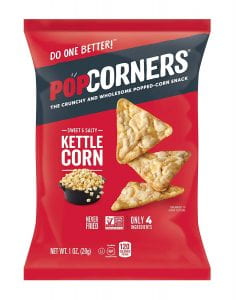On November 2nd, the class traveled up to Newark, Delaware to meet Scott Hopkins, a superintendent and crop manager of the researched-based Webb Farm on the UD campus. He introduced to us the importance of research done on the farm with livestock as well as crops. Currently, the farm contains Dorset sheep, an Angus cattle herd and equine herd with greenhouses and acreage used for leafy greens, tomatoes, okra, cabbage, sweet potatoes, and other produce. Large portions of the fresh fruit and vegetables grown there follow the Fresh to You segment which delivers organics to subscribing customer’s doorsteps. This farm also provides for farmers markets and shopping centers. Scott Hopkins works on and conducts research on cow milk, their feed, and sheep wool as shown in the photos below. He gave the class a tour of the areas where the livestock are kept and how they are taken care of. While showing us the farm on campus, he told us that his most favorite thing about working in his position is teaching students about the agricultural experience, because today, many people have become separated from knowing how their food made its way to their plate. He brought up the topic of agriculture and explained the scientific approach to it, which I think is very important to consumers to ensure the health of ourselves as well as the animals and plant products we consume every day.




